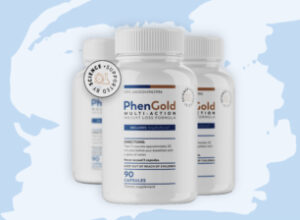Growing up in Midwest America, there is one thing that always brought a smile to my face: soft serve ice cream. I was and remain a very healthy individual, but there was something about this delectable dessert, covered in those scrumptious wonders known only as “sprinkles” that I couldn’t resist. But from an early age, I always wondered, “How is soft serve ice cream made?” And, perhaps more importantly for me at that time, how could I possibly buy once of those magical devises?
But wait. What does this personal anecdote possibly have to do with Margaret Thatcher.
Many years later, while I have shook off the shackles of my soft serve infatuation, I still wondered. It turns out that the story of soft serve ice cream has an interesting origin involving one of the twentieth century’s greatest Cold War politicians, Margaret Thatcher. In the mid-20th century, she worked on a chemical research team in Britain, uncovering a method of dramatically increasing the amount of air in ice cream—allowing manufacturers to use less of the actual ingredients and reducing their costs per serving significantly.
Does that mean that my lust for soft serve ice cream was hot air? Well, maybe, but I dug further.
Generally speaking, soft serve ice cream is a slightly different form of ice cream that is dispensed from a machine instead of by hand. Significantly lower in fat content than traditional hard ice cream, soft serve is produced at a warmer temperature than ice cream, resulting in a special property that can explain its unsurpassed taste. By having a warmer temperature, the human taste buds can actually detect more flavor.
As you may have guessed, the proper combination of temperature and air is fundamental to the taste of the finished product. Soft serve produced with lower amounts of air results in a icy, heavy tasting product. On the other hand, soft serve produced with higher amounts of air typically taste creamier, smoother and lighter. Generally speaking, the air content should optimally be between 35 percent and 45 percent of volume. Like traditional ice cream, soft serve ice cream must be frozen quickly to avoid crystallization..



